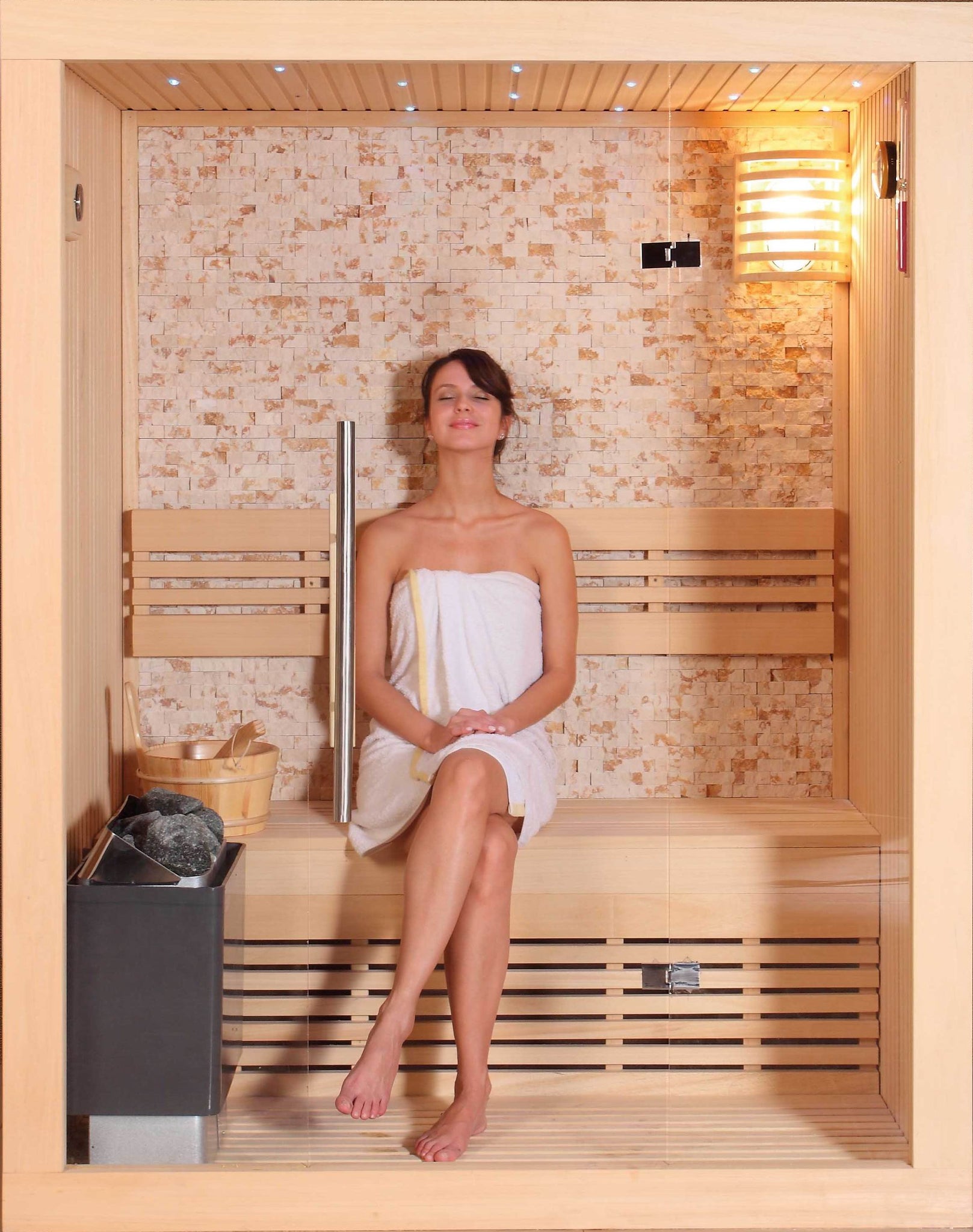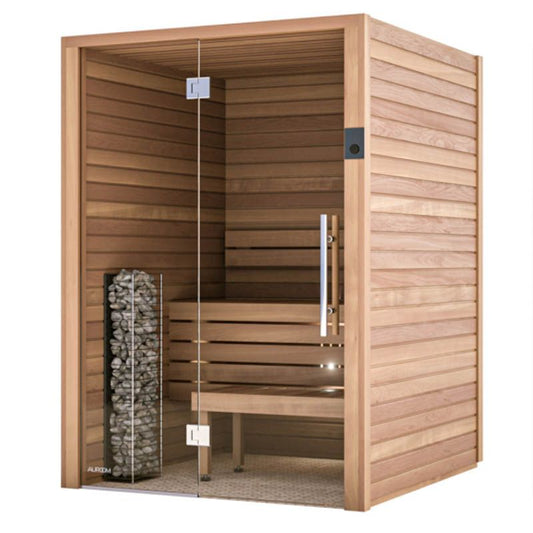Our Traditional Sauna Statements
Our Traditional Sauna Statements
Blog Article
The 6-Second Trick For Traditional Sauna
Table of ContentsSome Known Factual Statements About Traditional Sauna The Facts About Traditional Sauna Uncovered7 Easy Facts About Traditional Sauna ShownSome Known Factual Statements About Traditional Sauna Traditional Sauna Can Be Fun For Everyone
Many of the weight shed in a sauna is water loss and is re-gained upon rehydrating. Without a doubt sauna can be an essential component of a healthy weight loss program. To look at the distinctions in between conventional and IR saunas, I will divide these into proven, theoretical, and made distinctions.Thus, the best point in the saunawhich goes to the ceiling straight above the sauna heateris commonly between 185 and 190 F. Claims that a conventional sauna exceeds 200 F is merely not true and not applicable for electrical saunas sold in the US. The temperature level for a far-infrared sauna is typically set in between 120 and 140 F; however, unlike the conventional sauna, the goal in and IR space is not to attain a heat.
As a result of this, the temperature distinction is practically irrelevant, given that excessive sweating causes both sauna types, yet the method of warming the body is various. In an IR sauna the bather will really feel hot and will sweat a lot, yet at much reduced temperatures (Traditional Sauna). Therefore, if the objective is to invest longer durations of time in the sauna, the IR sauna is a good option
When a standard sauna has actually been appropriately heated, the sauna walls are cozy, the air temperature level has achieved set temperature level and the rocks are extremely heated. As a fascinating side note, the warmed wall surfaces and the rocks are giving off far-infrared warm, incorporated with the warmed air, to create an "covering heat".
The Facts About Traditional Sauna Uncovered

When the high temperature is accomplished, the components cycle on and off to maintain the high temperature. The majority of traditional sauna users delight in pouring water over the rocks to create vapor to elevate sauna humidity degrees. The advantages of putting water over the rocks include: making the space extra comfy, dampening the nasal passages, and allowing the usage of aromatherapy by mixing vital oils with the water.

When the energy enters the body, it creates the body temperature level to increase and ultimately causes sweating. In an infrared sauna it is necessary for the emitters/heaters to continue to be on almost constantly. Given that there is no mass of rocks to keep heat, the sauna will certainly cool if the emitters turned off.
As stated above, the sauna bather read in an infrared area wants to place himself in front of operating emitters to get optimal gain from the heat. The home heating time for the 2 rooms can be extremely various, depending on just how the spaces are used. For a conventional sauna, a bather needs to allow 30-40 minutes for the space to accomplish a preferred temperature and to appropriately pre-heat the rocks.
A Biased View of Traditional Sauna
A well created sauna will commonly attain a temperature level of 150-160 F in about 30-40 mins. For hotter temperature levels, the room may need to heat for a longer period. Once the space accomplishes set temperature, the heating system will cycle on and off, generally running regarding 50% of the time. The shielded wall surfaces and the warmed rocks will keep the room hot and at stable temperature levels.

Conventional saunas often tend to be larger (therefore utilize more electrical energy) than have a peek at this website infrared saunas, although traditional saunas are absolutely available in one and two individual dimensions. For a two-person conventional sauna, 5x6 or 5x7 size is most preferred. The top bench can pleasantly seat two or 3 individuals and is likewise long sufficient to rest during the sauna session.
The smart Trick of Traditional Sauna That Nobody is Discussing
The average cost per kWH of electrical energy in the united state is approximately $0.11, so a 4.5 kW heater will cost roughly $.50 to run for one hour, if the heating system runs continually for one hour. Commonly a sauna heater will compete 75% of the first hour and 50% of succeeding hours on since the components cycle once the set temperature is achieved.

There is a rarely talked about distinction in the social experience in between the two areas. While our society has shed several of the social benefit of the standard sauna experience, it can be extremely socially fulfilling (Traditional Sauna). From family members time in the sauna, to heart-felt conversations with significant others, to sauna partiesthe typical sauna experience can cause intimate interacting socially
Traditional Sauna - Truths
The majority of higher end infrared spaces consist of colored light treatment, sound systems and full-glass fronts.
Report this page